Public safety is the cornerstone of thriving communities and a prosperous nation. At Common Sense America, we believe that addressing rising crime, the devastating impact of illegal drug use, and the consequences of misguided sanctuary policies is essential to restoring peace and opportunity across our neighborhoods.
America’s public safety challenges are interconnected. Illegal drug is both a public safety and public health crisis. Fentanyl, a synthetic opioid far more potent than heroin, has fueled a surge in overdose deaths and strained local law enforcement and healthcare systems. At the same time, sanctuary city laws block cooperation between local law enforcement and federal immigration authorities and create dangerous blind spots in fighting crime.
These policies often prevent officers from notifying ICE when releasing individuals with serious criminal histories, including those tied to drug trafficking and violent crime. The result: communities are left vulnerable, and law enforcement is forced to operate with one hand tied behind its back.
To confront these challenges, we must stand firmly behind our law enforcement agencies, ensuring they are equipped with the tools, training, and resources necessary to combat both violent and petty crime, disrupt drug trafficking networks, and protect the public. By promoting smart, effective policies that support law enforcement and hold traffickers and repeat offenders accountable, we can reclaim our streets, protect our families, and ensure every American has the chance to live in a safe, vibrant community.
Improving Public Safety
Did You Know?
Fentanyl is a dangerous synthetic drug—just a few grains can cause a fatal overdose.
The Facts:
- Fentanyl is involved in 70% of all overdose deaths in the U.S., making it the most lethal drug threat in the country.
- In 2024, the DEA seized over 380 million lethal doses of fentanyl—enough to kill every American.
- One in four cocaine samples and one in eight meth samples tested by DEA labs contained fentanyl, showing widespread contamination of non-opioid drugs.
- More than 47 million Americans aged 12 and older reported using illegal drugs in the past 30 days.
Did You Know? Sanctuary Cities & Public Safety
Sanctuary policies may be well-intentioned, but their real-world impact is clear: they make it harder to protect our communities. These policies are now in place across dozens of jurisdictions—and the consequences are measurable.
The Facts:
- Over 30 cities and several states—including California, New York, Illinois, Colorado, and Washington—have adopted sanctuary laws that limit cooperation with federal immigration authorities.
- Sanctuary cities report significantly higher crime rates, averaging 1,442 crimes per 100,000 residents, compared to 955 in non-sanctuary cities.
- In 2020, sanctuary states accounted for nearly 70% of all drug overdose deaths in the U.S., underscoring the link between sanctuary policies and illegal drug trafficking.
- Sanctuary laws often prevent ICE from accessing jails, courthouses, and public records—even when individuals have prior felony convictions or ties to transnational gangs.
- Cities like Chicago, Denver, and New York have refused to notify ICE when releasing violent offenders, creating dangerous gaps in enforcement.




